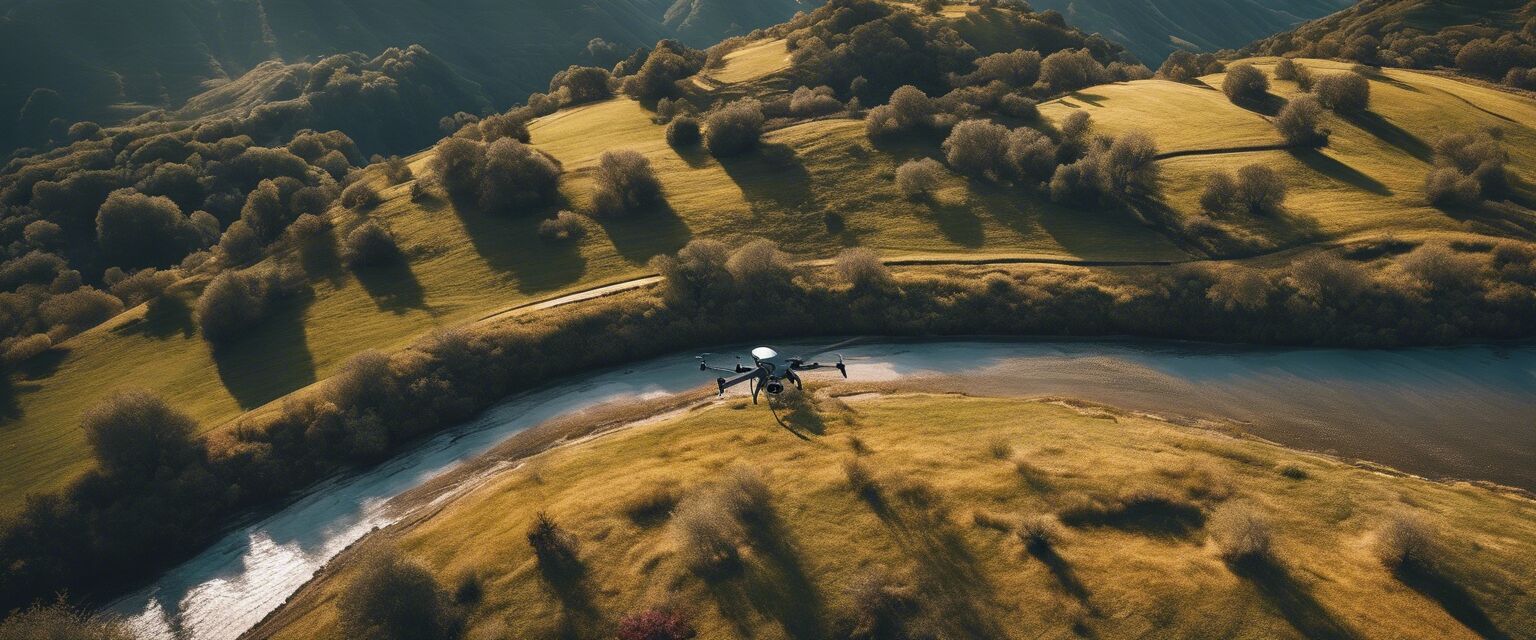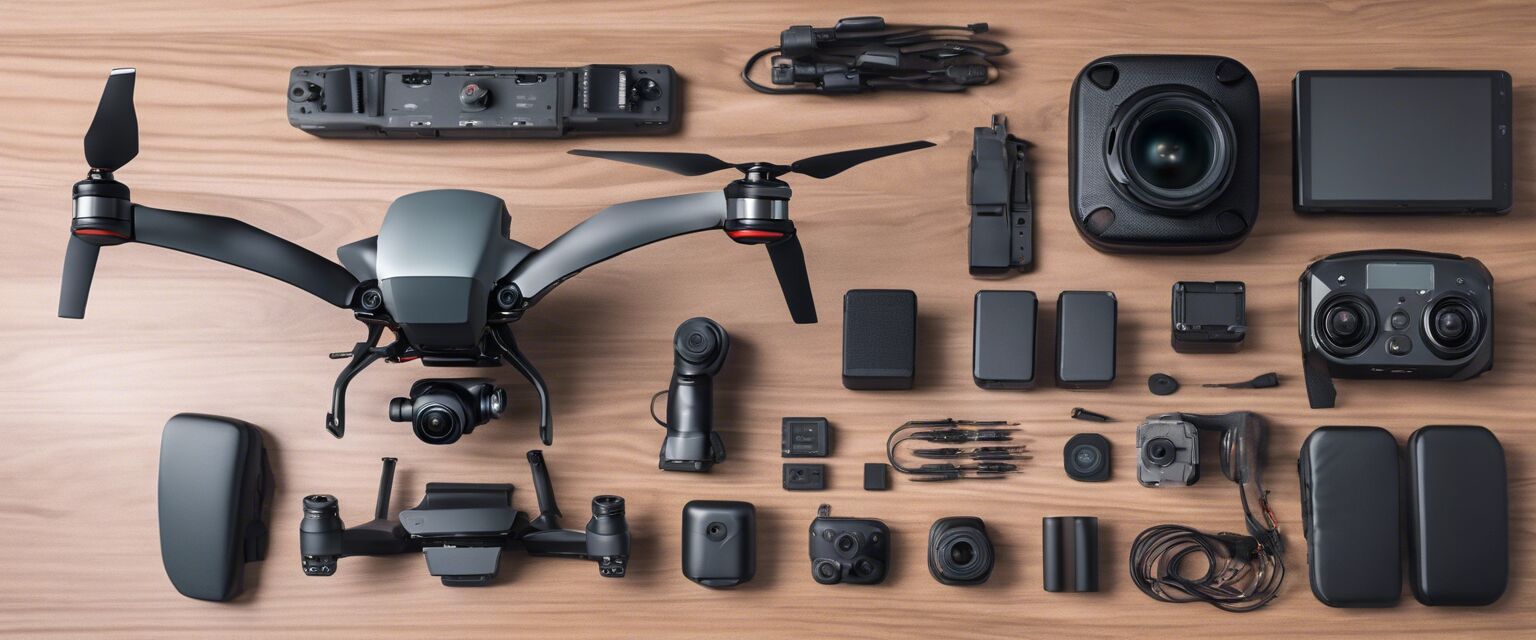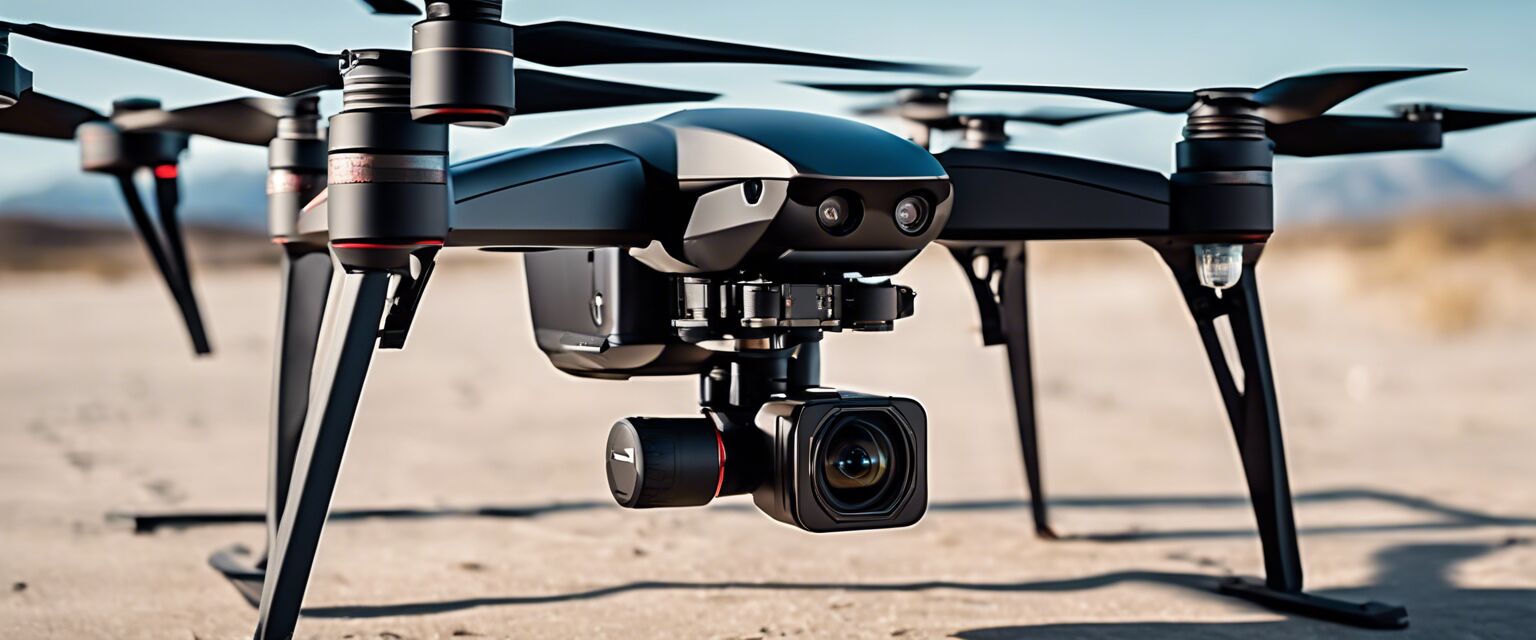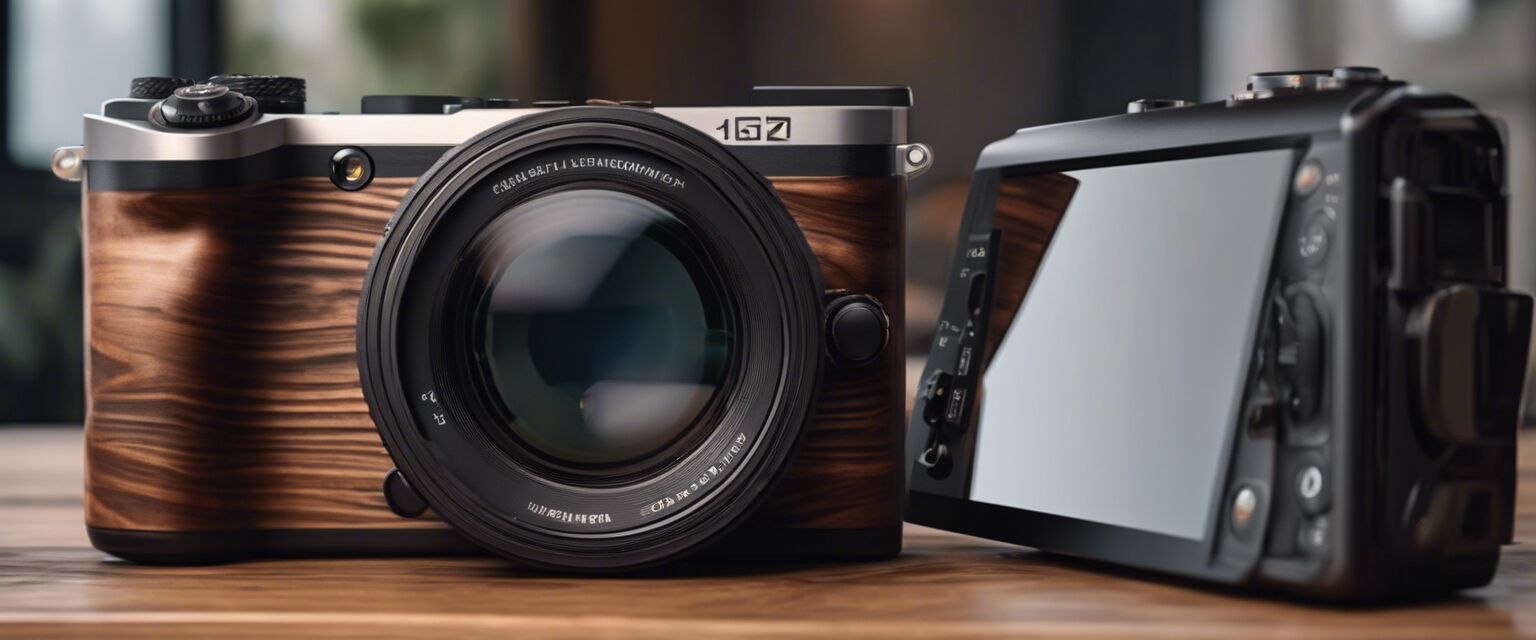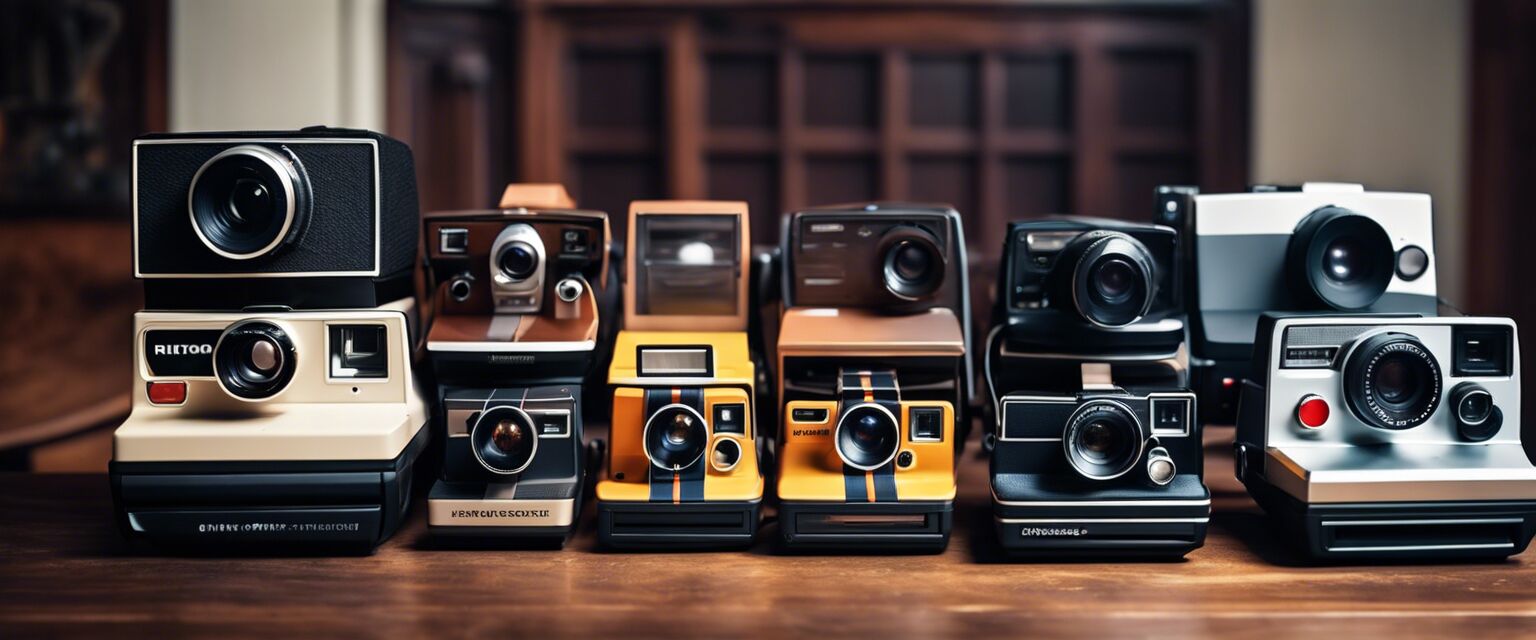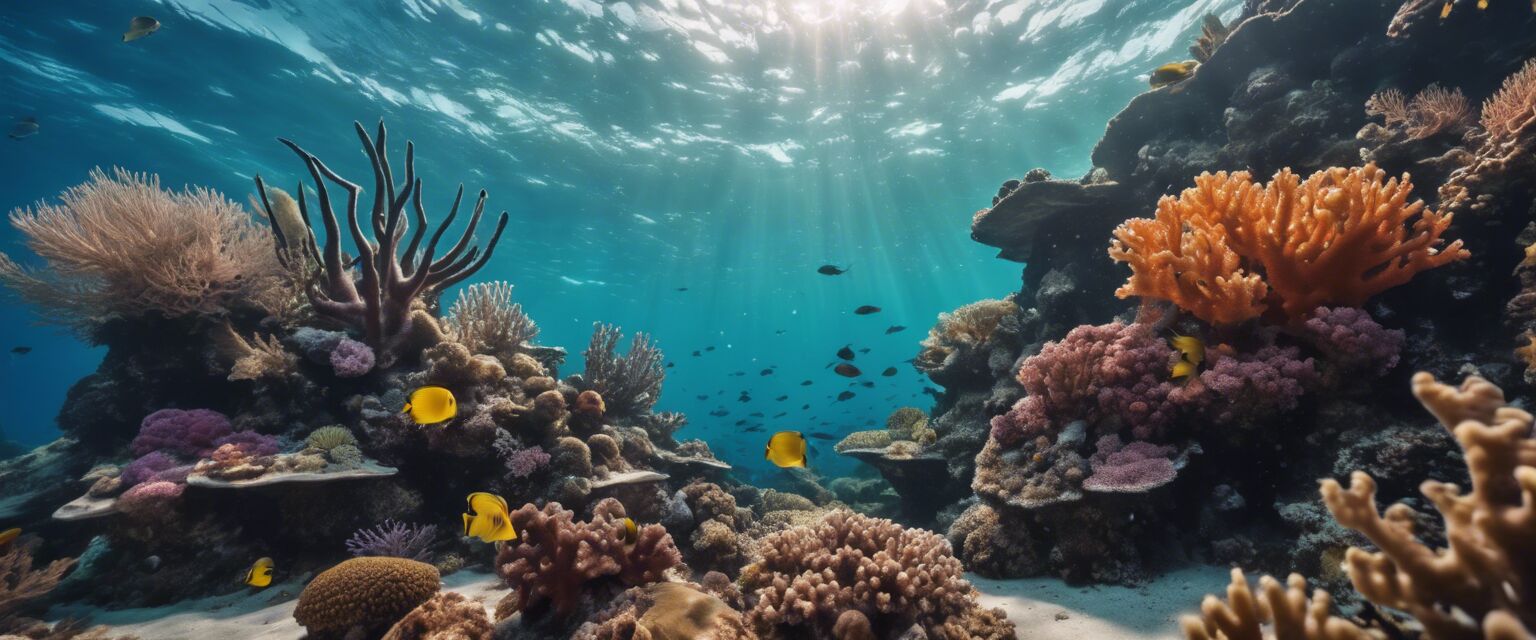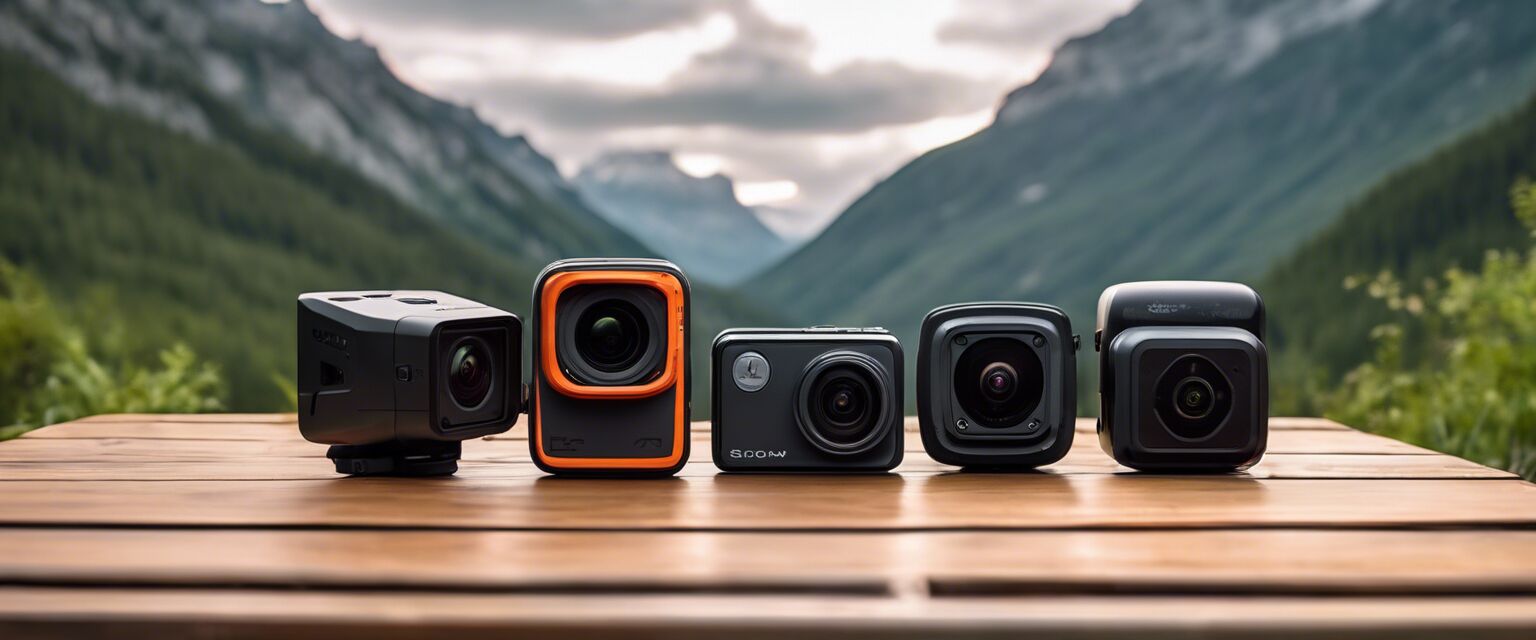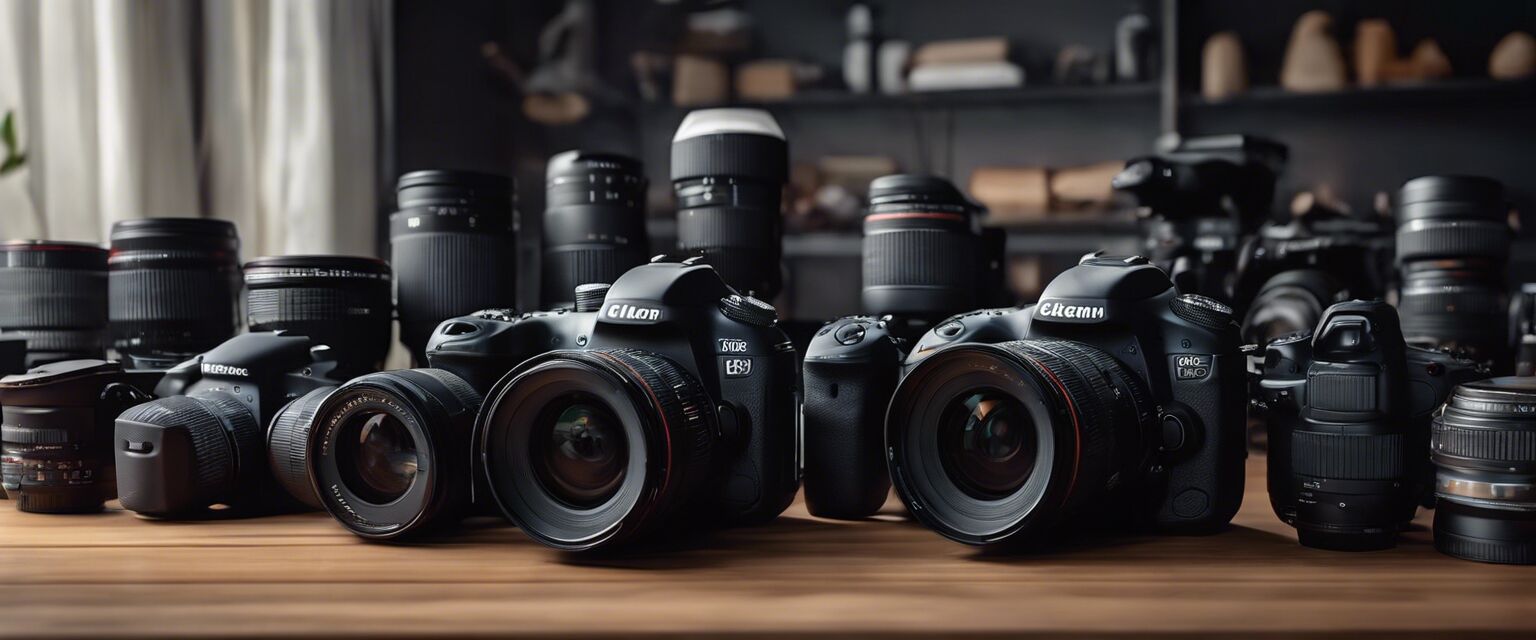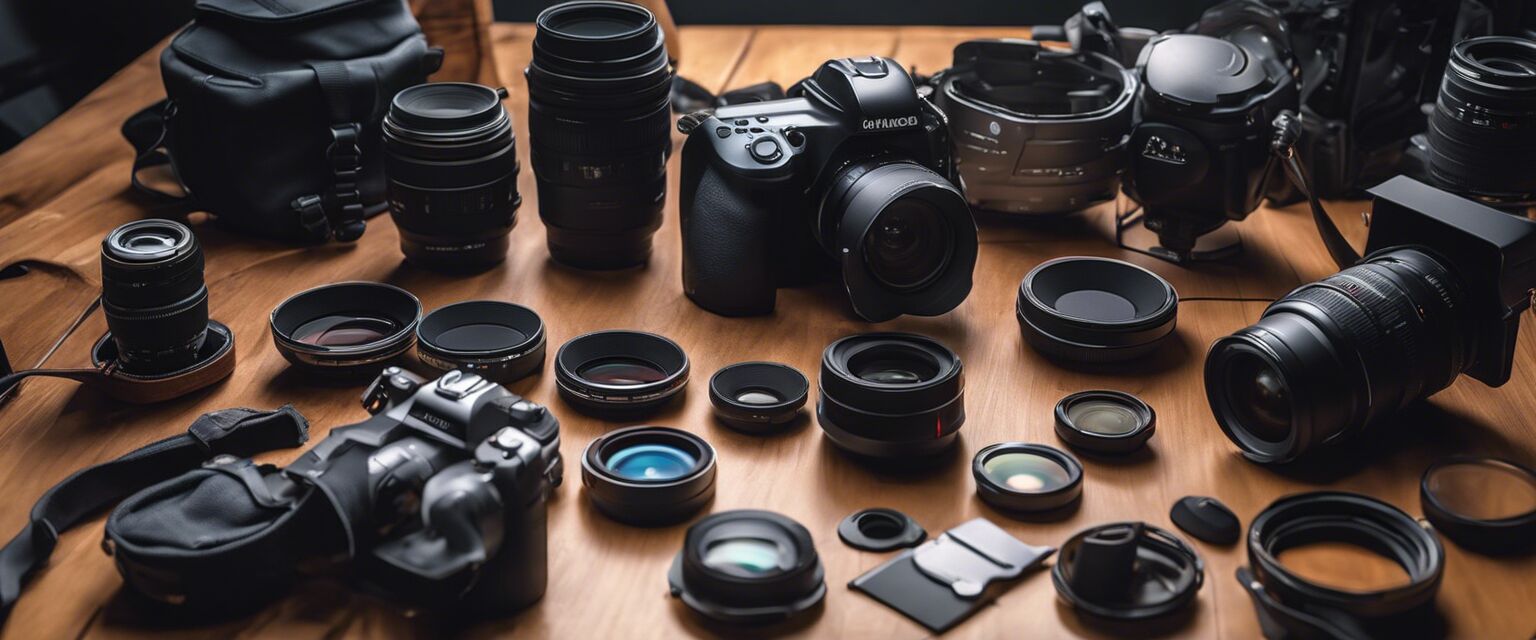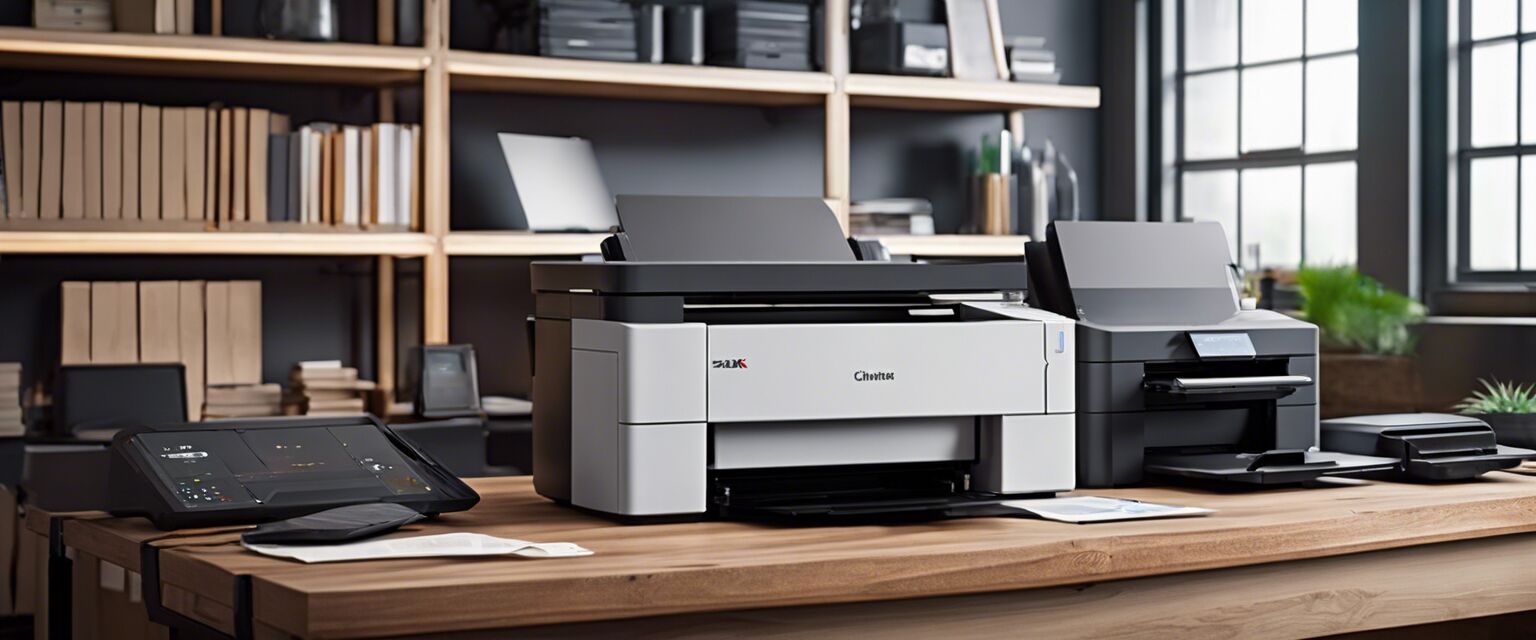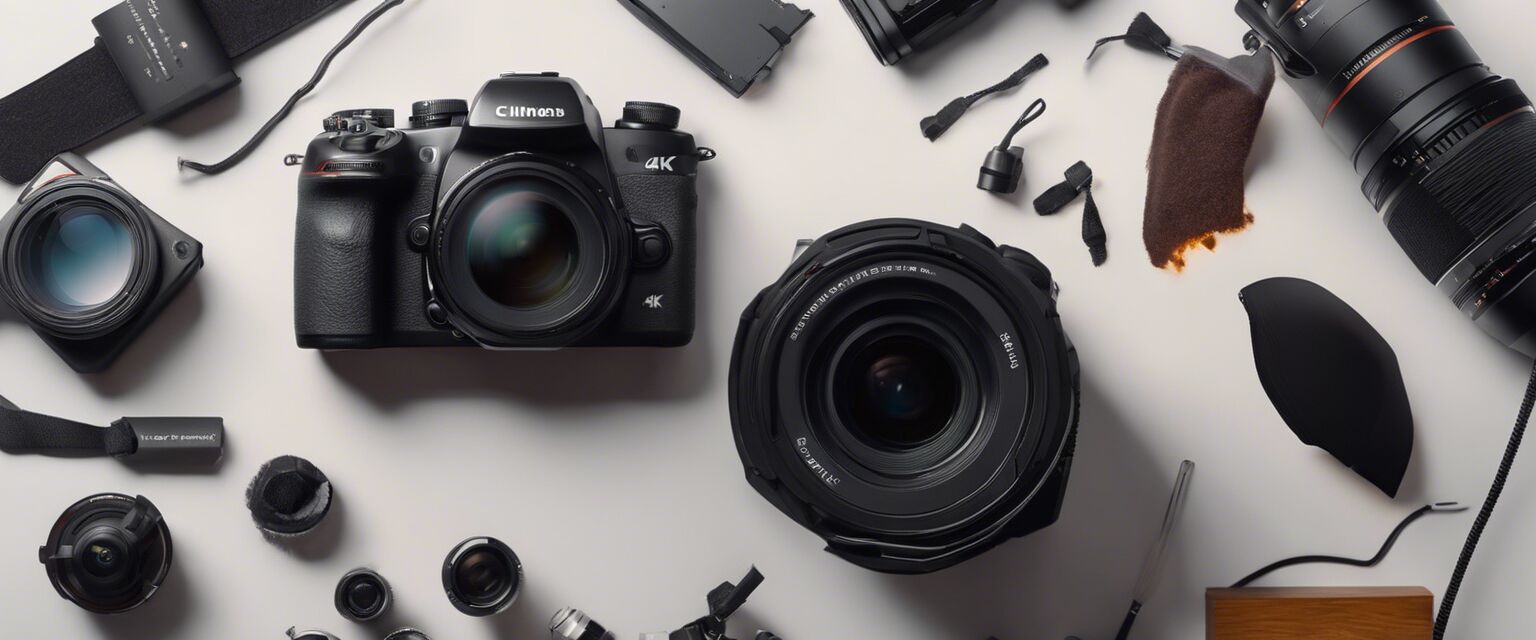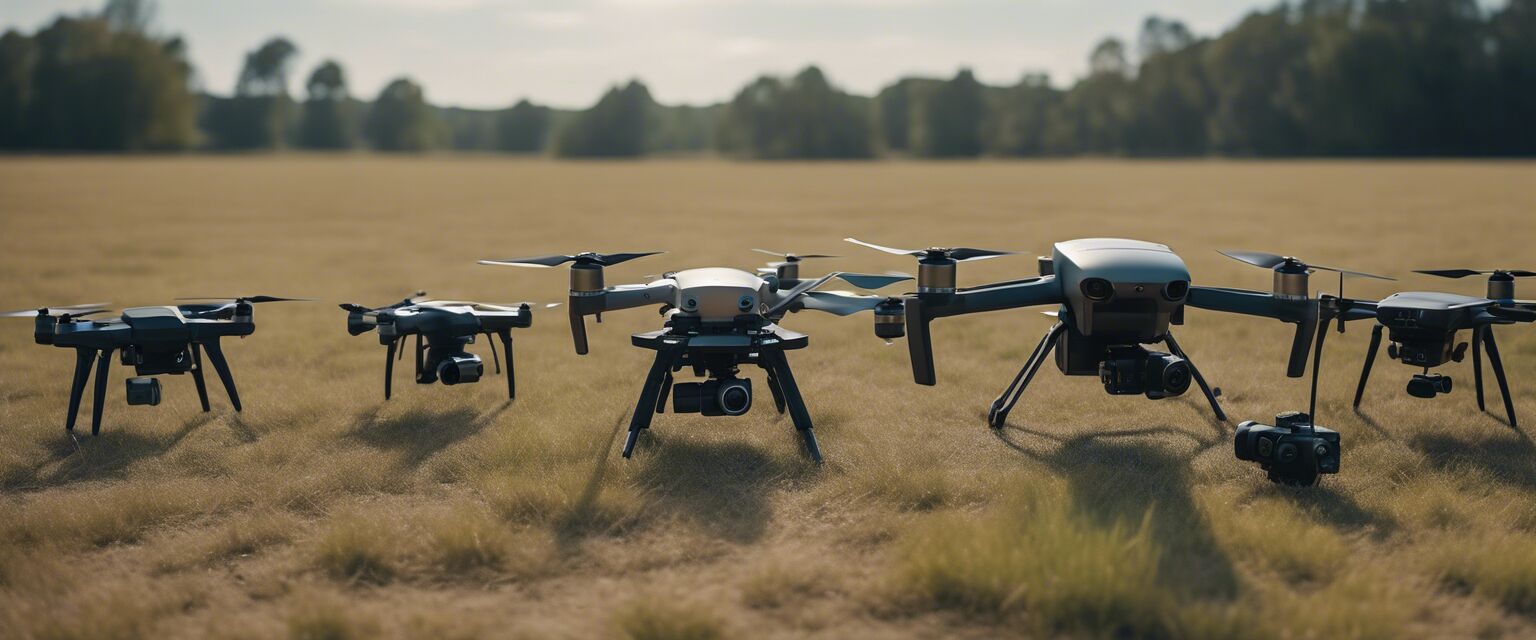
Drone Cameras
Key Takeaways
- Drone cameras come in various types suited for different purposes.
- Features such as camera quality, battery life, and additional functionalities are crucial when selecting a drone camera.
- Understanding the best models for specific uses can enhance your aerial photography experience.
Drone cameras have revolutionized the way we capture images and videos from the sky. With advancements in technology, these devices have become more accessible and user-friendly, making them popular among hobbyists and professionals alike. In this article, we will explore the different types of drone cameras, their essential features, and the best models for various uses.
Types of Drone Cameras
There are several types of drone cameras, each designed for specific applications. Below are the primary categories:
- Consumer drones: These are user-friendly and often used for recreational photography.
- Professional drones: Designed for photographers and filmmakers, offering high-resolution cameras and advanced features.
- Racing drones: Built for speed and agility, often used in racing events.
- Surveying drones: Equipped for mapping and surveying purposes, typically used in construction and agriculture.
Essential Features to Consider
When choosing a drone camera, it's vital to consider several features to ensure you get the best value for your needs. Below are key features to look for:
| Feature | Description |
|---|---|
| Camera Quality | Resolution and lens quality directly impact image clarity and detail. |
| Battery Life | Longer battery life means more flight time, essential for capturing extensive footage. |
| Stability | Look for drones with advanced stabilization technology for smooth video capture. |
| Range | The distance a drone can operate from the user before losing signal. |
| GPS and Navigation | GPS enables precise navigation and automated flight paths. |
Best Models for Various Uses
Choosing the right drone model depends on your intended use. Hereâs a breakdown of some of the best models suited for different purposes:
For Photography
| Model | Camera Quality | Battery Life | Price Range |
|---|---|---|---|
| Model A | 4K | 30 minutes | $400 - $600 |
| Model B | 1080p | 25 minutes | $300 - $500 |
For Racing
| Model | Speed | Durability | Price Range |
|---|---|---|---|
| Model C | 120 mph | High | $250 - $450 |
| Model D | 100 mph | Medium | $200 - $350 |
For Surveying
| Model | Camera Quality | Battery Life | Price Range |
|---|---|---|---|
| Model E | 4K | 40 minutes | $800 - $1200 |
| Model F | 1080p | 35 minutes | $600 - $900 |
Drone Camera Accessories
To enhance your drone photography or videography experience, consider investing in accessories. Here are some popular accessories:
- Extra batteries for longer flight times.
- Carrying cases for safe transport.
- Filters to improve image quality.
- Propeller guards for protection during flight.
Tips for Beginners
Getting started with drone cameras
- Start with a user-friendly model to get accustomed to flying.
- Read the manual and familiarize yourself with the controls and features.
- Practice flying in open areas away from obstacles.
- Make sure to check local regulations about drone flying.
Conclusion
Drone cameras are an exciting technology that opens up new possibilities for photography and videography. By understanding the various types, features, and best models available, you can make an informed decision that meets your specific needs. Whether you're a hobbyist, a professional photographer, or someone interested in racing, there's a drone camera perfect for you.
Pros
- Allows for stunning aerial photography.
- Easy to use with various automated features.
- Portable and convenient for travel.
- Increasingly affordable options available.
Cons
- Battery life can be limited.
- May require practice to master flying.
- Regulations can vary by location.
- Some models can be expensive.
